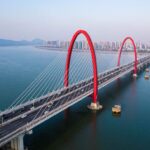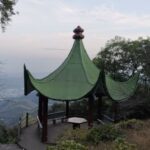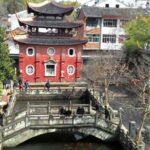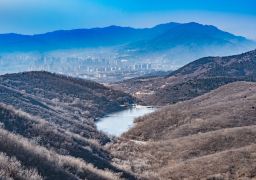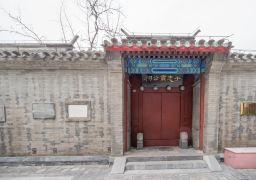Xima Bridge is located south of Jinxiang’s city gate, by the Ganxi River. It is named after the warriors who fought against the Japanese pirates, washing their horses by the river after their return from the battlefield. A poem by Xuan Zhi, a scholar from the Qing Dynasty, in his poem ‘Horse Washing at Pingqiao’, says: ‘Sweat horses achieve success after a hundred battles, the legacy of quelling the Japanese pirates is told on the golden boat. A stream of cool water flows under the bridge, still choking for the heroes in the late autumn.’
During the mid-to-late Ming Dynasty, frequent battles occurred around Jinxiang. In the thirty-fourth year of the Jiajing era (1555 AD), more than sixty soldiers were killed in an ambush. Since then, those who died in battle included Commander Dai Shun, among others. In May of the fifth year of the Shunzhi era (1648 AD), the Chen Cang rebel army besieged Jinxiang Wei City until August. Since the Ming Dynasty, Jinxiang has annually organized a ceremony at the Yizhong (graveyard) beside Xima Bridge outside the south gate during the Qingming Festival to commemorate the soldiers who sacrificed their lives to defend Jinxiang Wei City. The bridge is open all year round and accessible 24/7.Xima Bridge: A Historical Landmark in Jinxiang
Xima Bridge is located south of Jinxiang’s city gate, by the Ganxi River. It is named after th[...]

